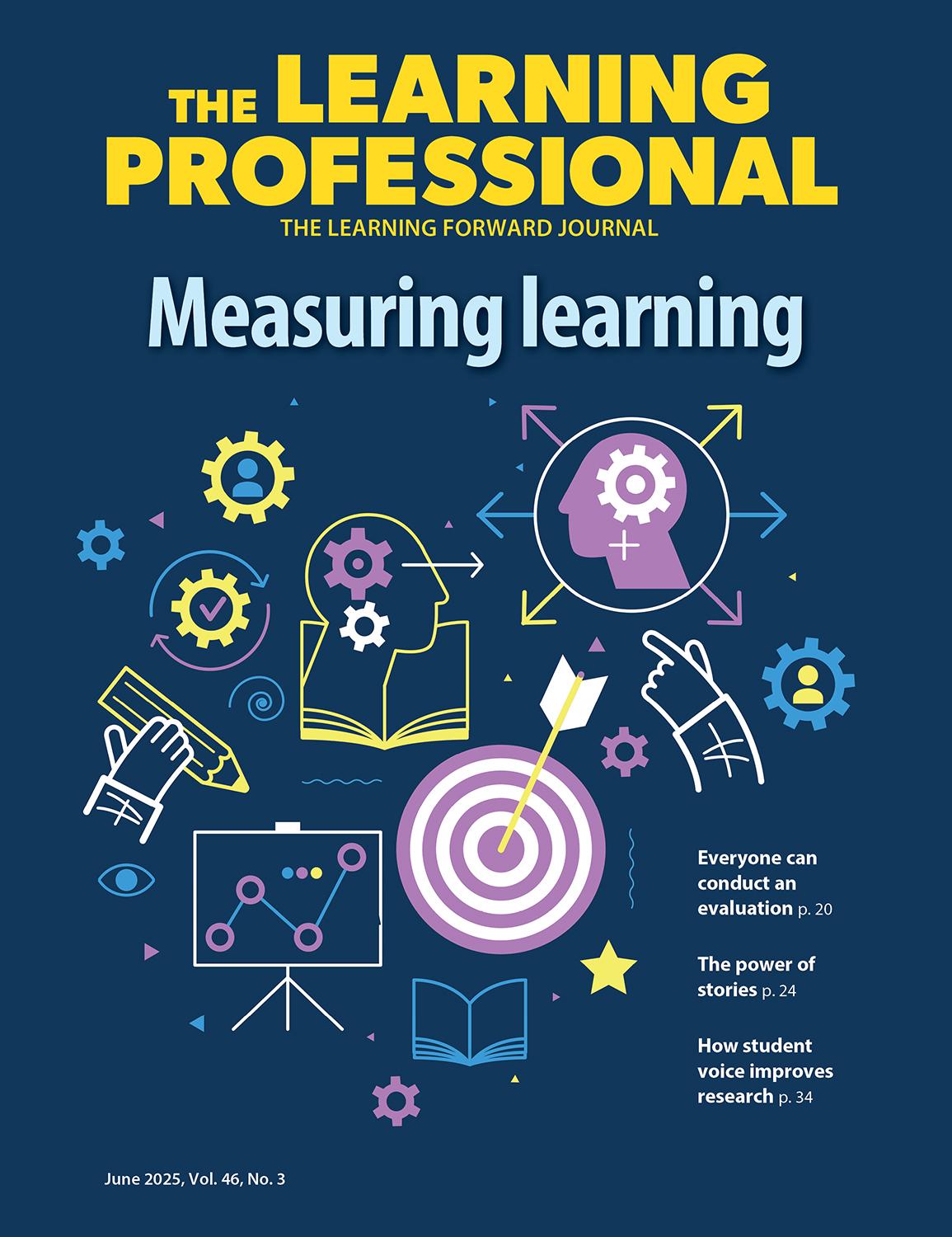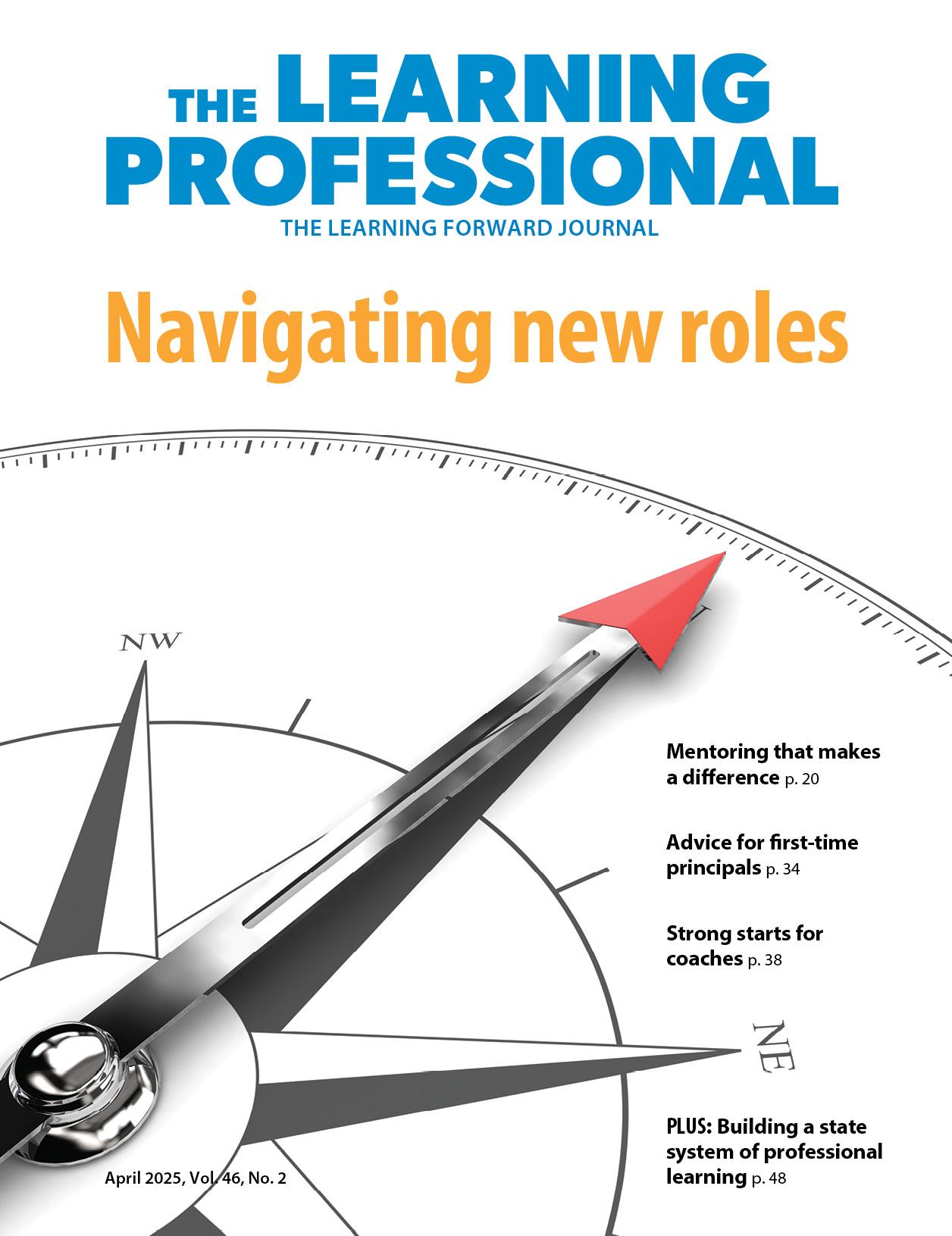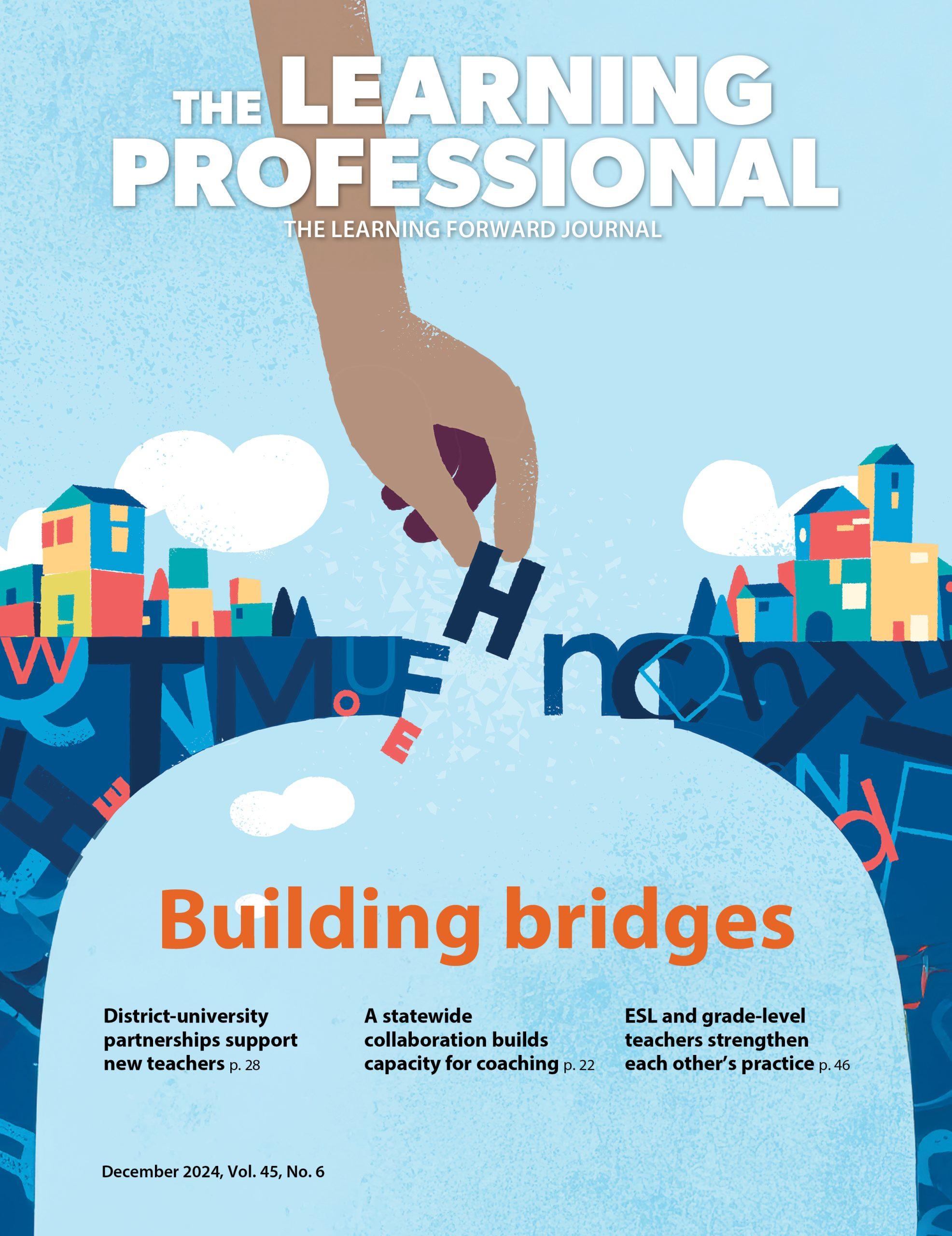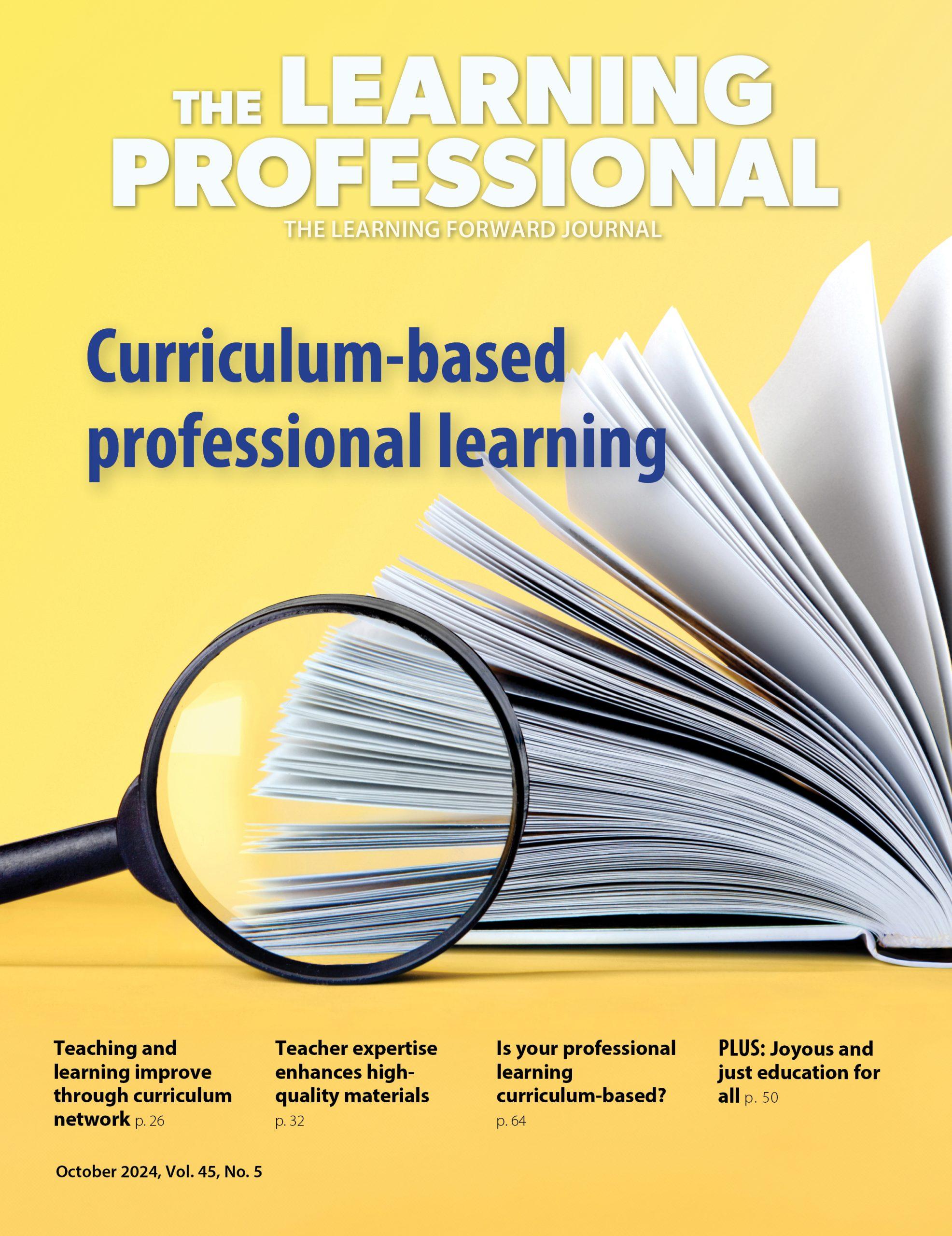Read the remaining content with membership access. Join or log in below to continue.
Sed ut perspiciatis unde omnis iste natus error sit voluptatem accusantium doloremque laudantium, totam rem aperiam, eaque ipsa quae ab illo inventore veritatis et quasi architecto beatae vitae dicta sunt explicabo. Nemo enim ipsam voluptatem quia voluptas sit aspernatur aut odit aut fugit, sed quia consequuntur magni dolores eos qui ratione voluptatem sequi nesciunt. Neque porro quisquam est, qui dolorem ipsum quia dolor sit amet, consectetur, adipisci velit, sed quia non numquam eius modi tempora incidunt ut labore et dolore magnam aliquam quaerat voluptatem.
A Unique Way Of Working
Flexibility has always been a byword of NSDC.
In 1995, NSDC operated with only three full-time professional employees: an executive director (Dennis Sparks), an associate executive director (Stephanie Hirsh), and a business manager (Shirley Havens). Today, the professional staff of this learning organization numbers only eight.
Rather than spend money on high-priced real estate, NSDC decided at the beginning that it would invest in human resources. Until recently, all professional staff members worked out of their homes, staying connected with each other via e-mail, fax, and telephone — and a crystal clear understanding of the work they do.
This reliance on satellite offices has enabled NSDC to hire the best person for every job, ensuring a high deree of quality in a very small professional staff and a relentless focus on achieving the NSDC goal.
States that have written professional development standards:
2003-04: 29
2004-2005: 35
2005-06: 40
States that require districts to set aside a specific amount of time for professional development:
2003-04: 11
2004-2005: 13
2005-06: 15
States that require and finance induction for all novice teachers:
2003-04: 14
2004-2005: 16
2005-06: 15
NSDC anticipated changes that were needed by the field — and worked to make them happen
- From individual development to individual development and organization development.
- From fragmented, piecemeal improvement efforts to staff development driven by a clear, coherent strategic plan for the school district, each school, and the departments that serve schools.
- From district-focused to school-focused approaches to staff development.
- From a focus on adult needs and satisfaction to a focus on student needs and learning outcomes, and changes in on-the-job behaviors.
- From training conducted away from the job as the primary delivery system for staff development to multiple forms of job-embedded learning.
- From an orientation toward the transmission of knowledge and skills to teachers by “experts” to the study by teachers of the teaching and learning processes.
- From a focus on generic instructional skills to a combination of generic and content-specific skills.
- From staff developers who function primarily as trainers to those who pro- vide consultation, planning, and facilitation services as well as train- ing.
- From staff development provided by one or two departments to staff development as a critical function and major responsibility per- formed by all administrators and teacher leaders.
- From staff development directed toward teachers as the primary recipients to continuous improvement in performance for everyone who affects student learning.
- From staff development as a “frill” that can be cut during difficult financial times to staff development as an indispensable process without which schools cannot hope to prepare young people for citizenship and productive employment.
Source: A Decade of Progress: Leading the Way for Professional Learning, published by NSDC, 2006.
Annual Conference Attendance
1995/Chicago: 2,350
2006/Nashville: 3,732
Recent Issues
NAVIGATING NEW ROLES
April 2025
Whether you’re new to your role or supporting others who are new,...
LEARNING DESIGNS
February 2025
How we learn influences what we learn. This issue shares essential...
BUILDING BRIDGES
December 2024
Students benefit when educators bridge the continuum of professional...
CURRICULUM-BASED PROFESSIONAL LEARNING
October 2024
High-quality curriculum requires skilled educators to put it into...








